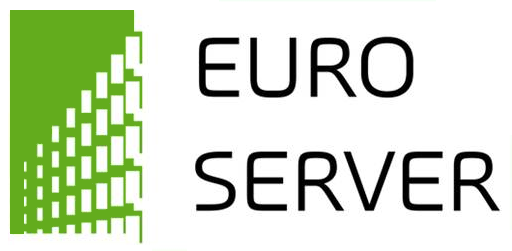Projects
The EUBrazilCC project was a first step towards providing a user-centric, cross-Atlantic test bench for European & Brazilian research communities. EUBrazilCC was centred in practical scientific use cases, and it is built on a close collaboration among European & Brazilian excellence centres.
EUBrazilCC exploited & coordinated, through a 2...
The project DEEP-ER (DEEP-Extended Reach) addresses two significant Exascale challenges: the growing gap between I/O bandwidth and compute speed, and the need to significantly improve system resiliency.
DEEP-ER will extend the Cluster-Booster architecture of the Dynamical Exascale Entry...
Adapting Service lifeCycle towards EfficienT (ASCETiC) was focused on providing novel methods and tools to support software developers aiming to optimise energy efficiency and minimise the carbon footprint resulting from designing, developing, deploying, and running software in Clouds. At the same time, quality of service, experience and perception was taken into account, so...
Data-centres form the central brains and store for the Information Society and are a key resource for innovation and leadership. The key challenge has recently moved from just delivering the required performance, to include consuming reduced energy and lowering cost of ownership. Together, these create an inflection point that provides a big opportunity for Europe, which...
The project involved the development of mathematical models and their implementation as software code for high performance computing clusters. The physical problem studied involves two related topics: particle deposition and solute absorption in respiratory airways, and tumour metastasis in arterioles and capillaries. The aim was to couple micro-scale phenomena to large 3D...
The most common interpretation of Moore's Law is that the number of components on a chip and accordingly the computer performance doubles every two years. This experimental law has been holding from its first statement in 1965 until today. At the end of the 20th century, when clock frequencies stagnated at ~3 GHz, and instruction level parallelism reached the phase of...
IS-ENES2 is the second phase project of the distributed e-infrastructure of models, model data and metadata of the European Network for Earth System Modelling (ENES). This network gathers together the European modelling community working on understanding and predicting climate variability and change. ENES organizes and supports European contributions to international...
The evolution of protein interactions has produced interaction networks and much biological complexity. Although molecular phylogenetics reveals the end points of evolutionary searches, little is known about the trajectories of interacting proteins through sequence space over evolutionary time. A major bottleneck is the inability to extensively map how binding affinity...
Este proyecto tiene como objetivo aplicar las nuevas técnicas de computación de alto rendimiento (HPC) exaescala a las simulaciones de la industria energética yendo más allá del estado de la técnica en las simulaciones requeridas para diferentes fuentes de energía: producción de energía eólica y...
The main objective of the LIGHTNESS project was the design, implementation and experimental evaluation of high performance data centre interconnects through the introduction of innovative photonic switching and transmission inside data centres. Harnessing the power of optics enabled data centres to effectively cope with the unprecedented demand growth to be faced in the near...








